Vitex negundo, commonly known as the five-leaved chaste tree or nirgundi, is an aromatic shrub native to tropical and subtropical regions of Asia. It has been used for centuries in Ayurvedic medicine and is known for its many health benefits. The leaves, roots, bark, flowers, and seeds of vitex negundo all have medicinal properties and can be used to treat a variety of ailments.
Some of the key benefits of vitex negundo include:
- Analgesic and anti-inflammatory properties to relieve pain and inflammation
- Antibacterial and antifungal actions to fight infections
- Mosquito repellent abilities
- Relief from respiratory issues like asthma, bronchitis, and coughs
- Hepatoprotective effects to support liver health
- Antioxidant properties to reduce oxidative stress
Given all these advantages, it’s no wonder many gardeners are interested in growing their own vitex negundo plants. Luckily, propagating vitex negundo is relatively straightforward. There are three main methods: from seeds, cuttings, or dividing existing plants.
Propagation Methods
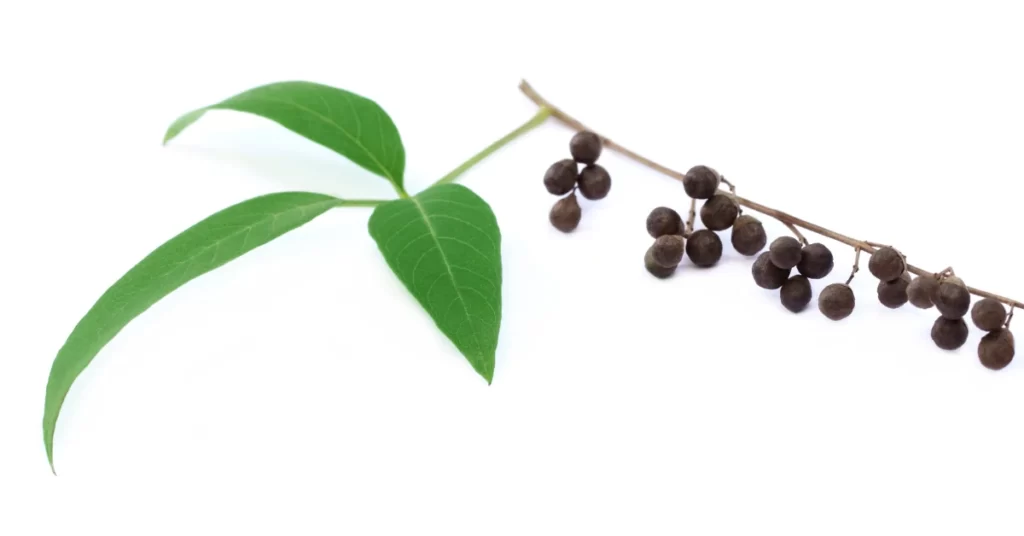
From Seeds
One of the easiest ways to propagate new vitex negundo plants is by planting seeds. Here’s how:
When to plant: The best time to sow vitex negundo seeds is in spring after all danger of frost has passed. Vitex seeds need warm soil temperatures of at least 65-70°F to germinate.
How to plant: Fill starter pots or trays with a well-draining seed starting mix. Place 1-2 seeds in each container, pressing them gently into the soil. Cover seeds lightly with about 1/4 inch more mix. Water the soil thoroughly.
Caring for seedlings: Keep the seed trays or pots in a warm, sunny spot and maintain even moisture in the top 1-2 inches of soil. Thin seedlings to one per container once the second set of true leaves emerges. Transplant into the garden once seedlings have 3-4 sets of leaves and the weather has warmed. Harden off first. Space plants 2-3 feet apart.
From Cuttings
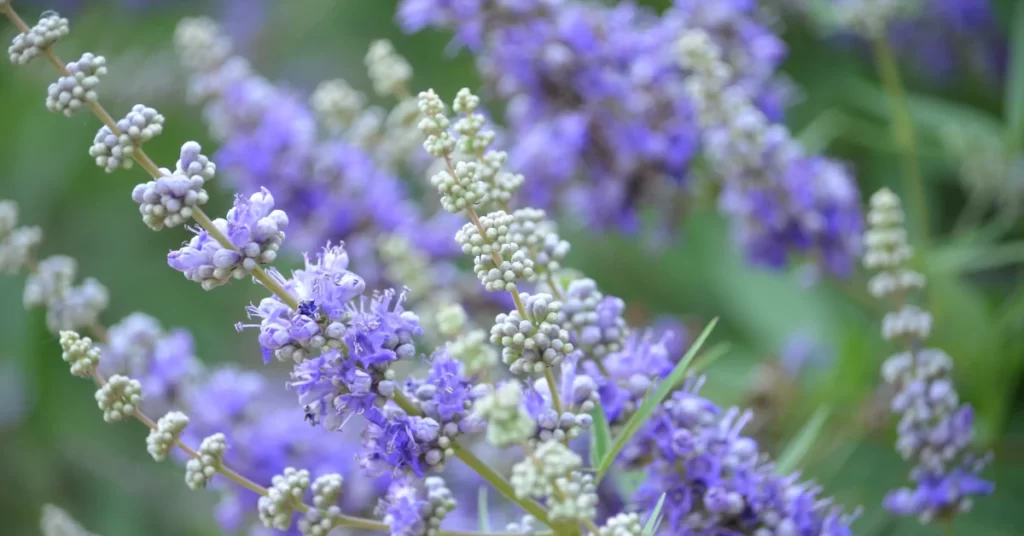
Taking cuttings from an existing vitex plant is another simple propagation method. Here are the steps:
When to take cuttings: The best time is spring through summer when vitex plants are actively growing.
How to take cuttings: Select healthy stem tips around 6 inches long. Remove leaves from the lower half. Make a clean cut just below a leaf node using sterilized pruners.
Rooting cuttings: Dip the bottom of each cutting in rooting hormone powder. Plant in pots filled with equal parts peat moss and perlite. Water well and cover with plastic to create a humid environment. Place in indirect sunlight and keep the soil moist.
Caring for cuttings: Roots should develop within 4-6 weeks. Harden off young plants before transplanting into the garden. Gradually expose to more sun over 7-10 days.
Dividing Existing Plants
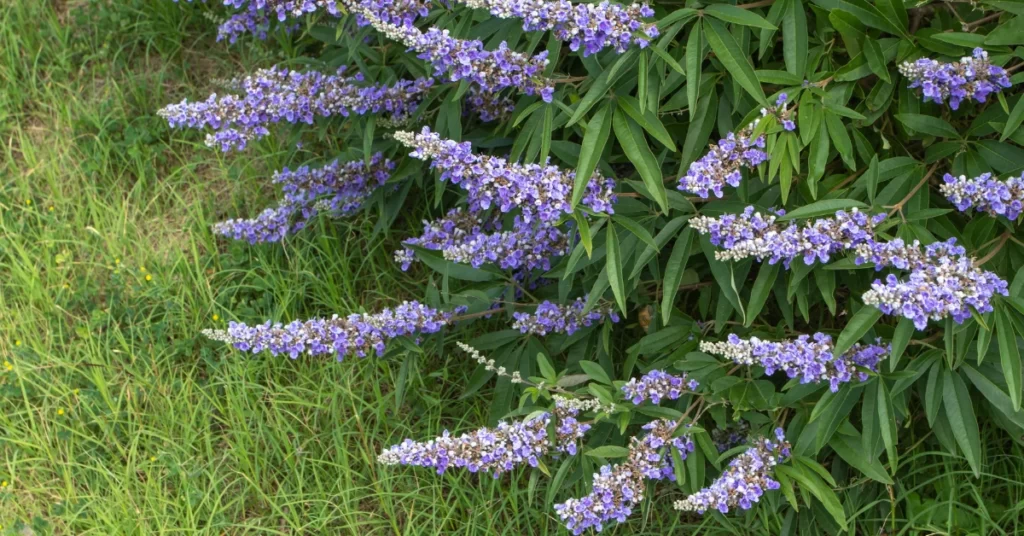
Mature vitex negundo plants can also be divided to create new plants:
When to divide: The best time is early spring before new growth begins. Alternatively, you can divide in fall after flowering finishes.
How to divide: Carefully dig up the plant and wash off the roots. Use a sharp knife or garden fork to separate the root ball into smaller sections, ensuring each division has plenty of roots. Replant divisions right away.
Caring for divisions: Plant the divisions in their new growing spots, keeping them well-watered until established. Divisions may be smaller and weaker initially but will grow to mature size over time. Feed with balanced fertilizer to encourage growth.
Growing Conditions
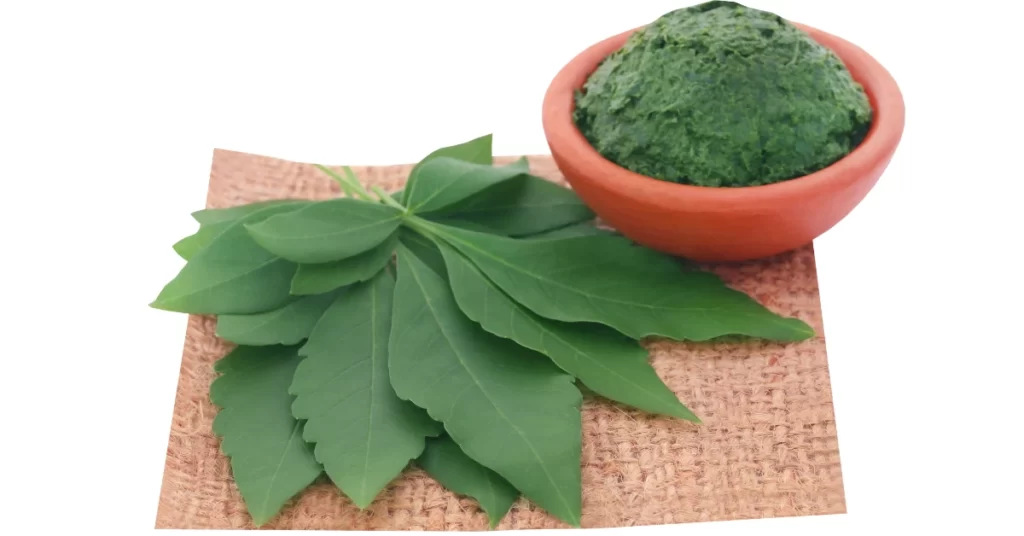
To keep your vitex negundo happy and healthy, provide the following care:
Sunlight: Vitex thrives in full sun. Give it at least 6 hours of direct sun per day.
Soil: Well-draining, moderately fertile soil is ideal. Sandy loam or loamy soil enriched with compost works well.
Water: Water regularly to keep the soil consistently moist but not saturated.
Fertilizer: Apply balanced 10-10-10 fertilizer or compost tea every 4-6 weeks during spring and summer.
Troubleshooting Common Issues
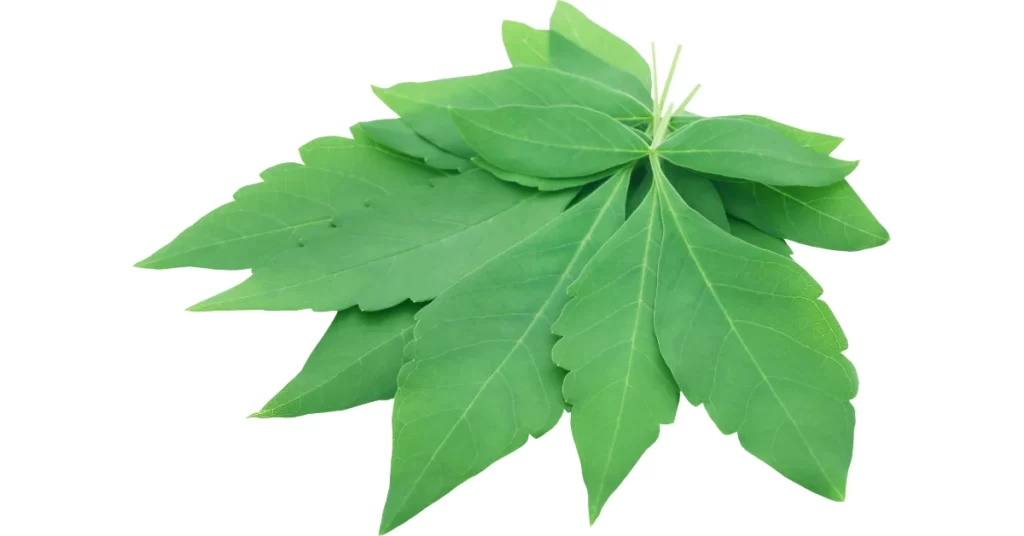
Watch for these potential problems and remedies:
Pests: Aphids, spider mites. Hose off plants and apply neem oil or insecticidal soap.
Diseases: Powdery mildew, leaf spots. Improve air circulation and avoid wetting foliage. Apply fungicides if severe.
Poor growth: Insufficient light or nutrients, transplant shock. Move to a sunnier location, fertilize, and water gently until established.
Leaf problems: Yellowing leaves indicate overwatering. Brown crispy leaves mean under-watering. Adjust watering practices accordingly.
Conclusion
Propagating vitex negundo from seeds, cuttings, or division is a great way to multiply this useful medicinal plant. With a little care and optimal growing conditions, your plants will thrive and provide many wellness benefits. Key takeaways:
- Start seeds indoors in spring, move outside after hardening off
- Take 6 inch tip cuttings in spring/summer, root in peat/perlite mix
- Divide rootball of mature plants in early spring or fall
- Provide full sun, well-draining soil, ample water and fertilizer
Growing your own vitex negundo is very rewarding. Before long, you’ll have a steady supply of this versatile herb. Enjoy your bountiful nirgundi harvest!
FAQs
What is the best way to propagate vitex negundo?
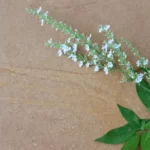
Taking stem cuttings is often the easiest and most successful way. But seeds and division also work well.
How long does it take for vitex cuttings to root?
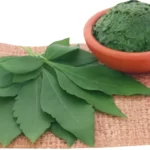
With proper care, vitex negundo cuttings usually take 4-6 weeks to develop a good root system ready for transplanting.
Can I grow vitex negundo from a leaf cutting?

No, vitex cannot be propagated from just a leaf. Stem cuttings containing leaf nodes are needed for rooting new plants.
When should I transplant vitex seedlings?
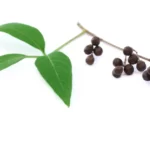
Transplant vitex negundo seedlings into the garden after they have 3-4 sets of true leaves and weather is frost-free. Harden off first.
How far apart should I space vitex negundo plants?

When transplanting into the garden, allow 2-3 feet between vitex negundo plants for good air circulation and growth room.
